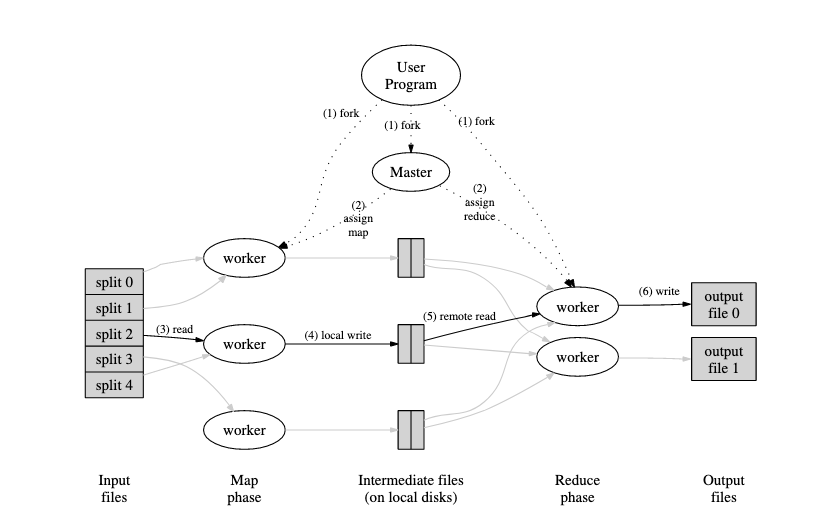The last couple days at work have taken a toll on me emotionally. To lift me up, Jess used her arts and crafts skills to make a doll — made from Metric’s shedded hair (see featured image).
Family
- Felt myself tear up when pushing Elliott in the stroller. The two of us were having a blast while walking the dogs at the local park this morning. With Elliott strapped into her stroller, I pushed her across the green grassy park, the two of us racing against our imaginary nascar opponents. Elliott had such a blast and there was a little wrinkle in her nose and she put on a wide smile. And in that moment, a tremendous amount of sadness poured over me — totally unexpected emotion. Suddenly I was reminded of my own child hood and how often I felt alone … I never want Elliott to feel that same way. Isn’t that the point of parenting? Making our children’s lives a little (or a lot) better than ours? It’s true when they say that your children will bring out your best and worst memories from childhood. And this was my first experience of own childhood creeping back into my parenting life … I wonder what’s in store for me in the future.
Work
- Reviewed pull requests from multiple colleagues. As a project lead, I’m trying my best to divide my own time between implementing features while ensuring that the project makes forward progress.
- Read through the description and lightly scanned all the outstanding pull requests against our code base. With 50+ developers working on the team, it’s nearly impossible to stay on top of what features are being developed. One way to stay in touch is to simply read through the pull requests that are coming through.
- Finished filling out the threat model for a security review that I’m submitting. Many of the questions are unrelated to the feature that I’m launching.
Graduate School
- Laid out the threading model that allows me and my project partner to use synchronous communication over gRPC while achieving asynchronous handling.
Writing
- Published a blog post on how to build and easily test grpc service using a command line tool. After writing up the blog post that targets other students enrolled in my advanced operating systems course, I posted the link on Piazza and it was nice to see that my write up will assist other students, the entire point of me spending an extra 30 minutes writing the documentation.










